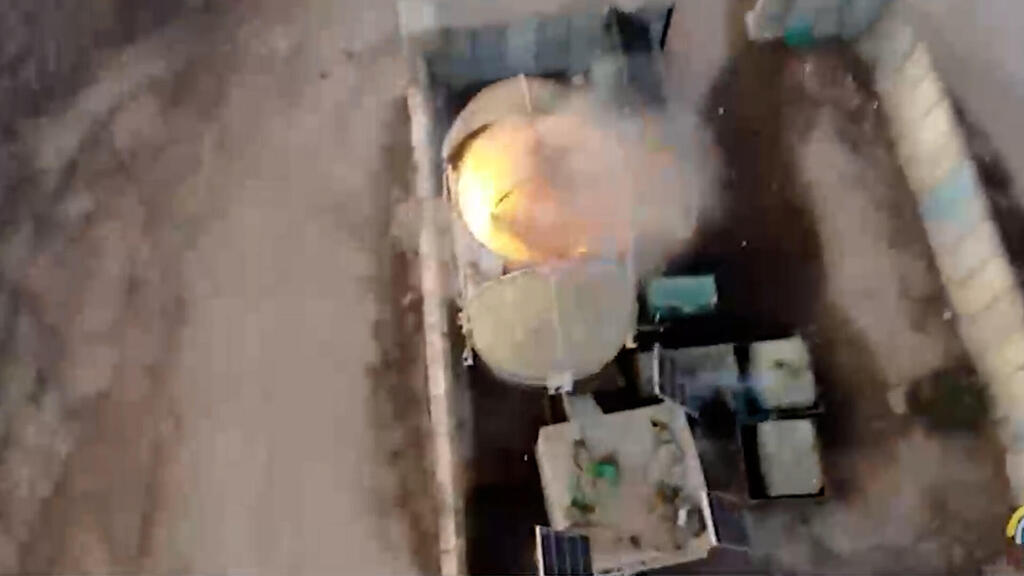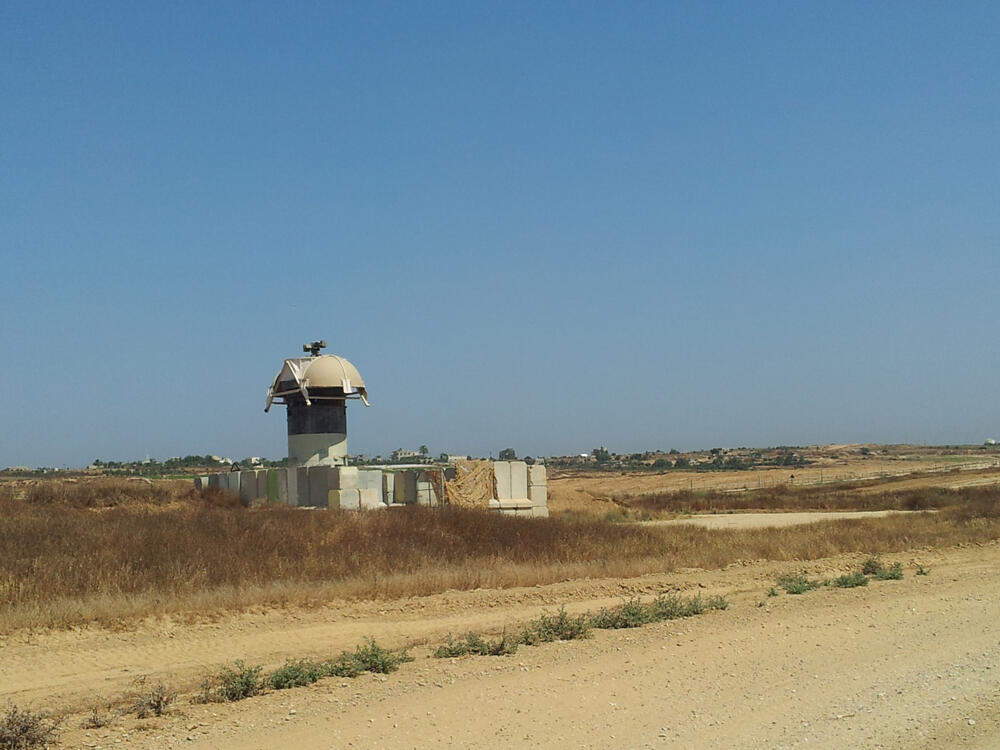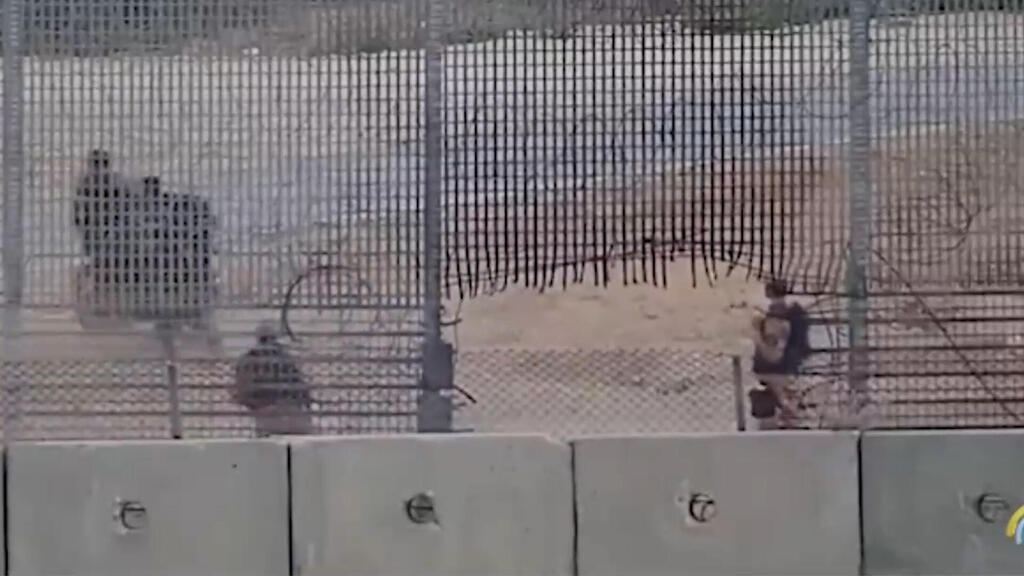Step-by-step: How Hamas meticulously planned and executed the carnage
Hamas terrorists neutralized the Israel Defense Force's surveillance capabilities and the border fence was targeted with explosives, allowing them to enter Israeli territory unimpeded. Recent videos released by Hamas depict hundreds of their members infiltrating Israel, going on a murderous rampage that left hundreds dead, including both soldiers and civilians.
Read more:
Based on footage captured during the attack, during the initial phase of the unexpected attack, a drone operated by Hamas specifically targeted the "Roeh-Yoreh" ("See-Shoot") surveillance system. This system is remotely controlled by observers and is designed to counter infiltrators approaching the fence. According to Hamas, a total of 35 drones were involved in the initial strike, including a suicide drone.
Simultaneously, Hamas initiated intense rocket bombardments targeting the southern and central areas of the country, including Tel Aviv. As part of the initial infiltration wave at 6:30 a.m., Hamas commando units specifically targeted and aimed to destroy the Erez crossing on the northern side of the enclave. Video evidence reveals the sequence of events, demonstrating how they breached the border fence following an explosion, then continued to penetrate deeper and overcome an additional barrier until they successfully reached their intended position.
Subsequently, they opened the border crossing and proceeded toward Sderot. The involvement of aerial drones and other vehicles during the initial attack primarily served as diversions to distract from the main operation. In the first wave of infiltration, Hamas operatives specifically targeted eight IDF positions within the Gaza Brigade, systematically destroying various military assets, including communication and surveillance equipment, which were deliberately set ablaze. Notably, the brigade's headquarters in the Re'im camp bore the brunt of these attacks.
The disruption of communication had a profound impact on the IDF's command and control capabilities over the forces in the area. This hindrance not only severely impeded their ability to respond effectively but also appeared to influence subsequent infiltration attempts by additional terrorists who, accompanied by Gaza residents, took advantage of the compromised situation to easily cross into Israel.
After a prolonged period of calm in the Gaza Strip, protests resumed at the border at the beginning of the previous month. There were numerous speculations about the underlying cause, but security analyst Ron Ben-Yishai recently shed light on the matter. He explained that these riots were orchestrated as a diversionary tactic to conceal the strategic placement of explosives. The intention behind this covert operation was to create breaches in the fences and barriers, allowing terrorists to infiltrate on Saturday. Importantly, it should be noted that this oversight was not the only overlooked sign.
Leaders of the terrorist organizations Hamas, Islamic Jihad and PFLP convened in Beirut two weeks ago, just two days after the resumption of incendiary balloon attacks. During their meeting, they released a collective statement declaring that they "emphasize the importance of suspending comprehensive resistance operations, especially armed resistance, as well as strengthening all forms of coordination between the organizations on all issues."
Last Monday, Al-Quds Brigades, the armed faction of Islamic Jihad, initiated live-fire drills in the Gaza Strip, involving the launching of missiles into the sea. In a statement issued by the Al-Quds Brigades, they announced the start of an "advanced offensive exercise, featuring the involvement of highly trained units, encompassing missiles, artillery, snipers and intelligence operations, simulating targeted attacks on military installations associated with the Zionist forces."
Powerful explosions then rocked northern Gaza, and residents of communities surrounding the enclave were told these were mere practice drills. A week later, the explosions were no longer a practice run, but a prelude to a catastrophe Israel hasn't witnessed in a very, very long time.








